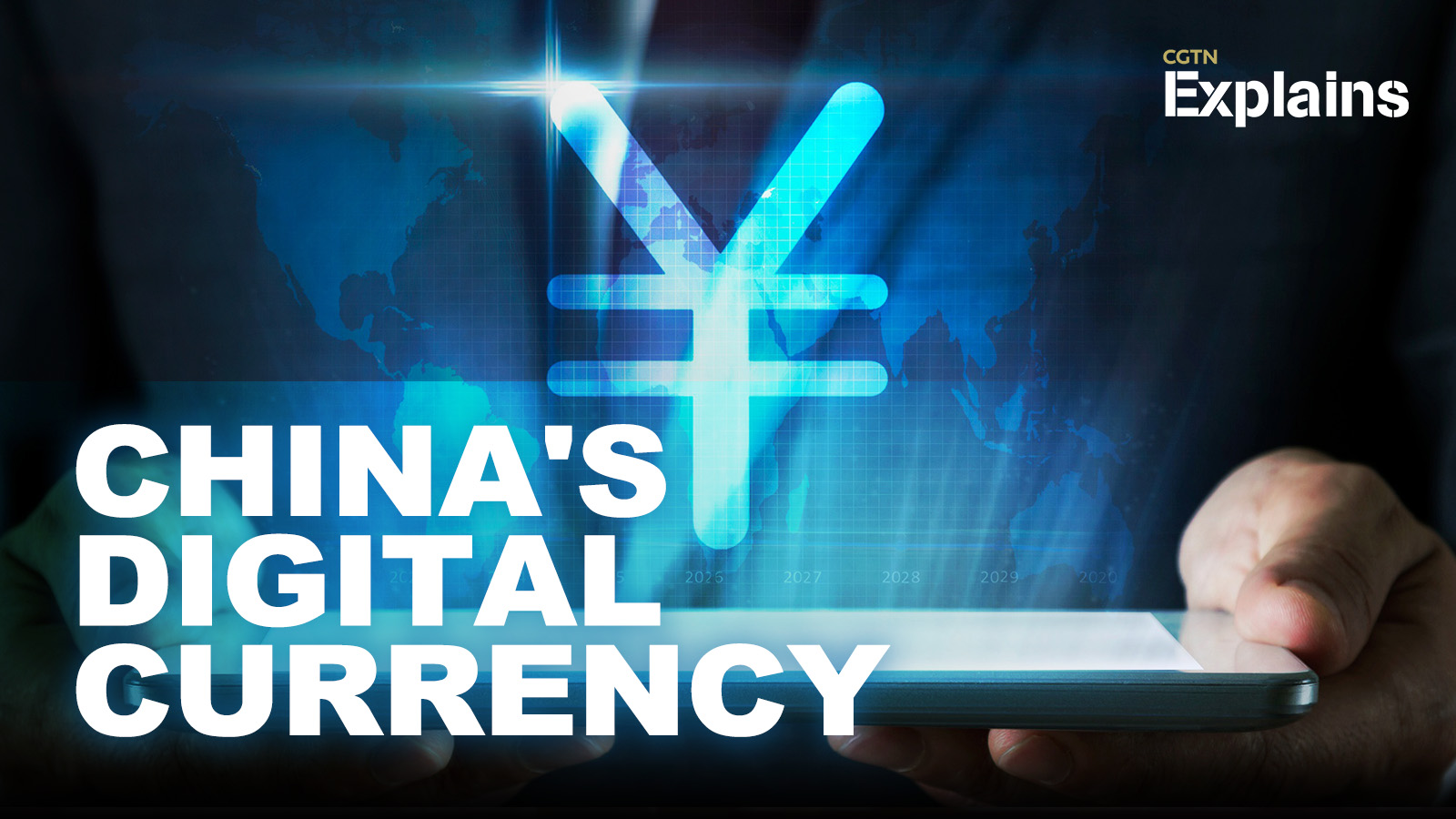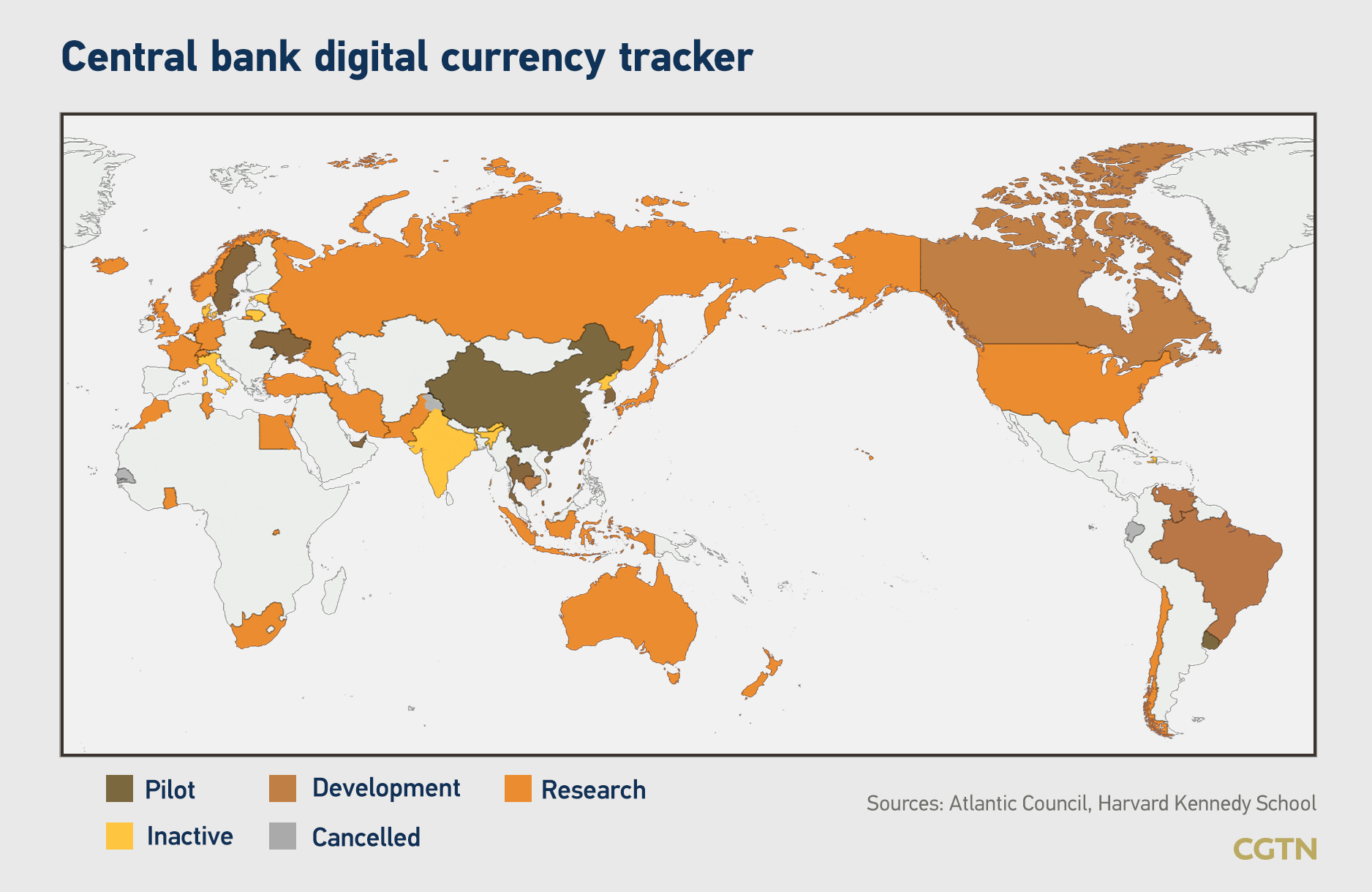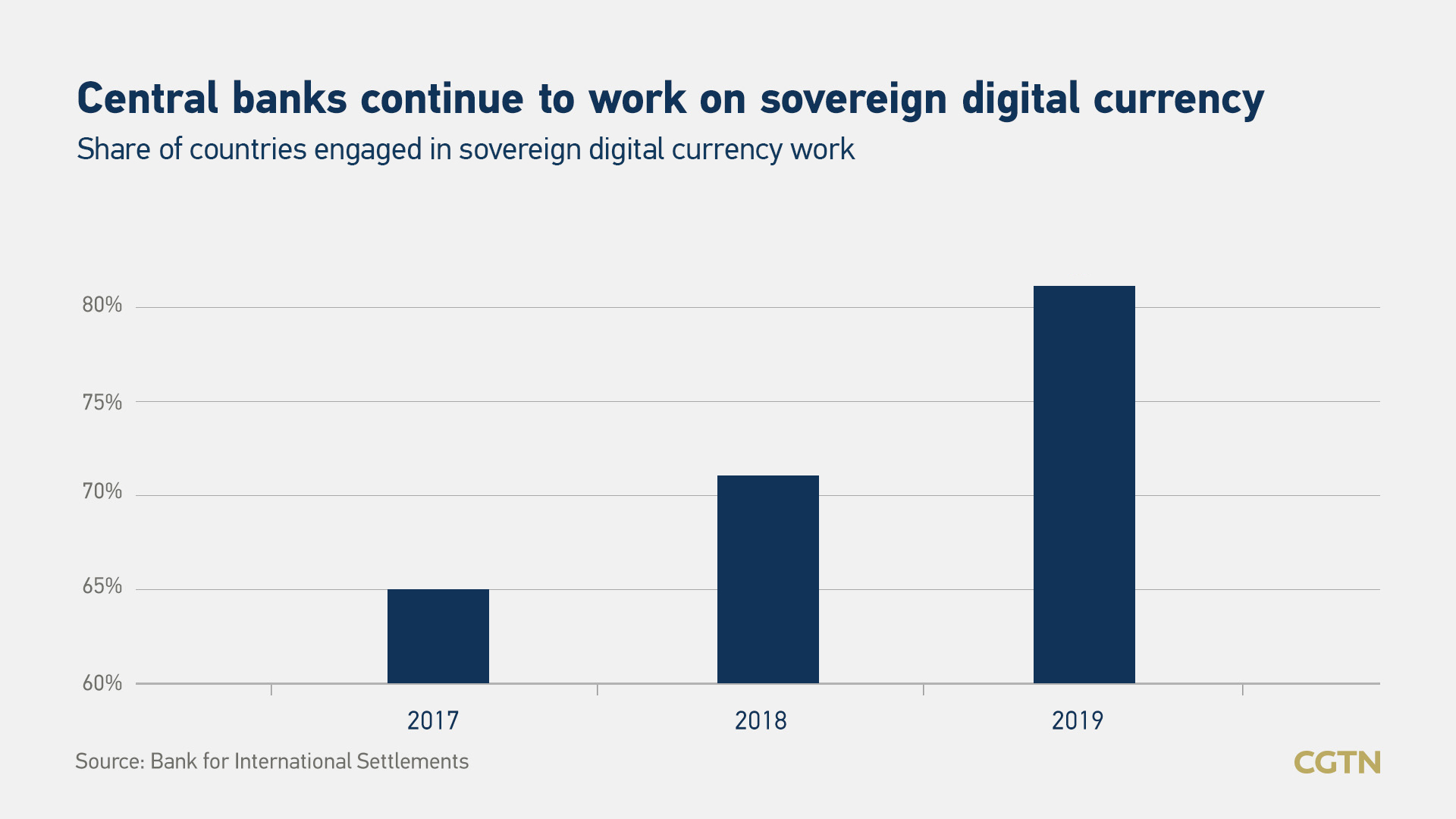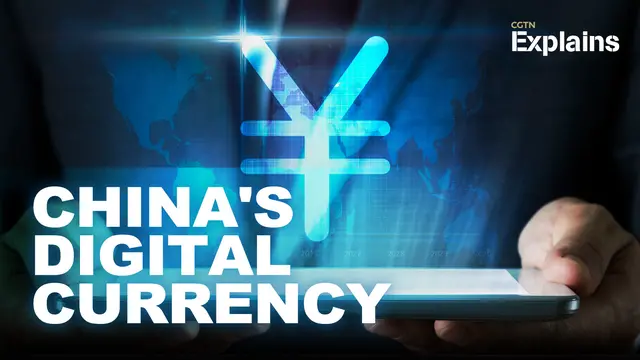
China's digital currency has moved steps forward again as 50,000 randomly selected citizens in South China's Shenzhen received a total of 10 million yuan ($1.5 million) worth of digital currency.
That happened on October 12, one day after the second-largest economy announced the plan to build Shenzhen, dubbed as China's Silicon Valley, to a pilot
demonstration zone for socialism with Chinese characteristics
, which means more reforms and opening-up. Promoting the Digital Currency Electronic Payment (DCEP) is one of the plans.
According to the Shenzhen government, over 19.3 million people have participated in the lucky draw of digital currency. Each lucky one gets 200 yuan, but only to spend at over 3,000 selected retail outlets in the tech hub. In terms of users and money scale, it marks the biggest move since China's central bank
kicked off the pilot run of the DCEP project
in a couple of cities back in April. The country's commerce ministry said the new money would also be tested in some scenarios during the 2022 Winter Olympics Games in Beijing and be expanded to other regions as appropriate.

China's been a relatively cashless society for years, with millions of mobile payment users paying with either Tencent's WeChat Pay or Alibaba's Alipay every day. You barely see paper notes appear in China's big cities, instead, people just pay with scan codes. Per the People's Bank of China (PBOC), banks handled non-cash mobile payments of $49.27 trillion in 2019, more than 25 percent from the previous year.
So, why is the country still pushing the digital currency, and how is it different from the existed electronic payment options?
A regular consumer transaction with a digital currency would be pretty similar to the online payment transaction with Alipay or WeChat Pay. Using those electronic payment tools, you have to have your own bank account with money saved in, then you pay it through apps. You are basically not out of the traditional banking system. However, the digital currency does not need you to have paper banking notes to back you up in the bank account. You just put the digital currency directly into your electronic bank wallet.
The digital currency is born in a digital way, which means it is still cash, but another type of cash. Imagine yourself living in a virtual world or a video game, the digital currency is just like the coin that you earn and spend in the game. It is the real money, just you can't touch it.
Digital currency is issued by the central bank, which makes it totally different from cryptocurrencies like bitcoin and Facebook Inc's Libra. Since all currencies issued by the central bank are debt, the nation will use its power to guarantee the digital currency's repayment for credibility. Nevertheless, bitcoin's value is from the underground market of the internet, and Libra only works for Facebook, which people have not even seen it yet.
PBOC has said that the digital currency is now being tested shares features with cryptocurrencies like bitcoin and Facebook Inc's Libra, but it will be designed to handle transactions more quickly, making it feasible for wider adoption in China.
Prof. Jeffrey Towson, the host of Jeff's Asia Tech Class,
once commented on CGTN's Dialogue
that using a central bank digital currency is a bit more efficient for consumers since it doesn't require the intermediate step to link their bank accounts with online payment systems, but it's more significant on the government side as it allows the government to have more visibility into real-time transactions and bypass the western banking system when making transactions outside of China.

 简体中文
简体中文

